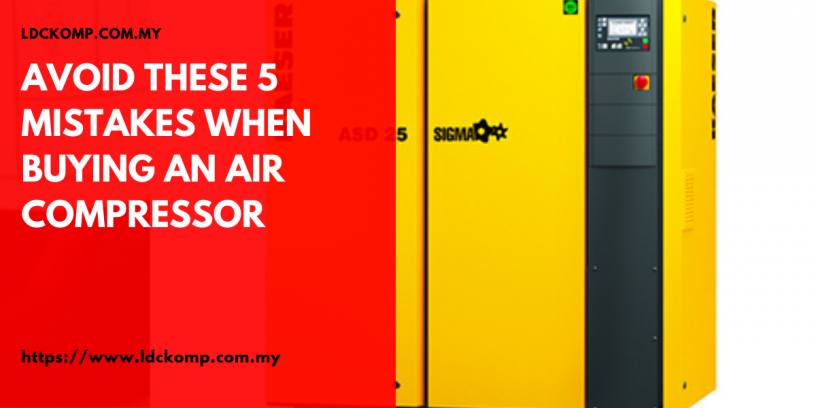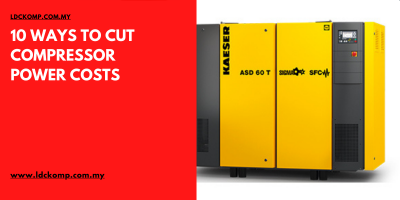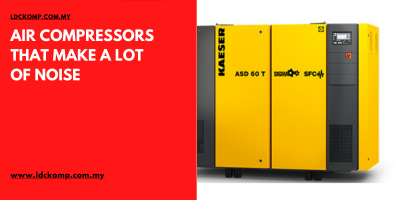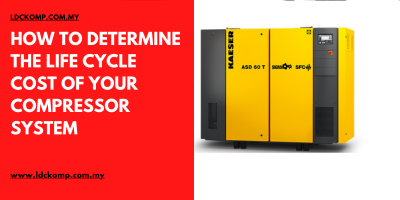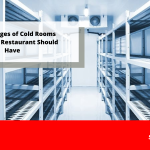If you are currently planning to buy a new Air Compressor, then make sure you don’t make these 5 fatal mistakes;
- Choosing the wrong compressor technology
- Incorrectly determining the required size
- Choosing the wrong air quality
- Buy from brands that do not have a service and spare parts network
- Does not consider the total cost of ownership or life cycle cost of the compressor
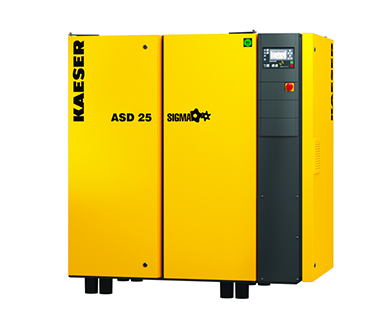
Read the details individually below:
- Choosing the Wrong Technology
Every industry has a different air compressor needs to be able to fulfill its operational needs maximally. In Compressor Piston, this compressor is usually used for compact use, either in a repair shop or gas station. In addition, the technology in piston compressors is also used as support for the main engine in starting the ship. The piston compressor basically takes up less space, is easy to use and is durable.
Screw compressors are the right choice for small and medium sized businesses. Need a compressor that can work 100% without stopping? The technology available in screw compressors can meet this need, while also offering low energy consumption and a high level of work efficiency. Unlike piston compressors whose energy requirements continue to increase over time. Another difference, screw compressor technology produces small sound and vibration when operated.
Compressors with scroll technology are generally used in industrial applications on a larger scale. The use of this technology is commonly found in compressors in hospitals, laboratories, the chemical and food and beverage industries. The slow-acting element in this compressor provides a very small sound effect so that it is suitable to be placed in various conditions.
Compressors with scroll technology are very suitable for use by industries that prioritize flexibility and energy savings. This technology allows maximum adjustment of the volume flow with the desired air requirements. In addition, compressor scrolls also use fewer work elements, ensuring long uptime and less service requirements.
- Choosing the wrong size
The next thing to know for sure is the required compressor size and capacity. Usually your field team will provide a calculation of the required airflow supply and the calculation of free air delivery (FAD). But it is also important to know the plan to increase production in the future or in the future.
Choosing a compressor that is too small will burden the compressor work on increasing production volume. This can lead to increased servicing intensity and parts breakdown, which in turn cost you more. Choosing a compressor size that is too large will waste company resources in the form of larger acquisition costs and total cost of ownership than it should be
Then how do you know the size of the compressor that is right for you now but can keep working optimally in case of additional production in the future? Make sure you and your team understand the following 2 points:
- “How much pressure do I need for my consumption of compressed air?” Too big, you will only increase costs and too small will only disrupt your operations
- “What is the maximum volume of compressed air flow I need?” Too small, the engine pressure will drop and too large, the work efficiency will decrease. If your airflow requirements have a large range, we recommend using variable-speed drives (VSD) technology.
- Choosing the wrong air quality
The compressor industry standard is an oil lubricated compressor. This means that the air produced contains oil and requires a filter to separate the oil from the air produced. The use of filters of various types can be adjusted to the quality of the air produced. But the use of filters also cannot guarantee a 100% oil-free compressor to Class 0 standards.
If your industry is an industry that is sensitive to the quality of the finish, such as the food and beverage industry, the chemical industry, or the pharmaceutical industry, the best option is to use an oil-free compressor to ensure your final product is free from oil contamination.
- Buying a compressor brand that does not have a service network and spare parts
The next thing to make sure is, the service and spare parts network that belongs to the compressor brand of your choice. Oftentimes when choosing a compressor brand based solely on price without looking at the distribution network when a supply and repair of spare parts is needed, it often becomes difficult. In the worst case, the device can no longer be operated. In such a case, investing in inexpensive devices is not economically beneficial. Choose a trusted compressor brand with a clear spare part network and procurement.
- Not Considering Total Cost of Ownership
Cycle costs or total cost of ownership, namely the costs incurred during the compressor’s life cycle, such as energy costs, maintenance and repairs, and impairment costs, are significantly higher than the initial cost of purchasing the compressor.
The energy costs required to produce compressed air can be up to 80% of the life cycle cost. Therefore, compressor energy efficiency is very important. Maintenance and repair costs are often negligible if the device has a functioning parts supply and repair facility.
For more information about kaeser air compressor Malaysia, please visit https://www.ldckomp.com.my/
